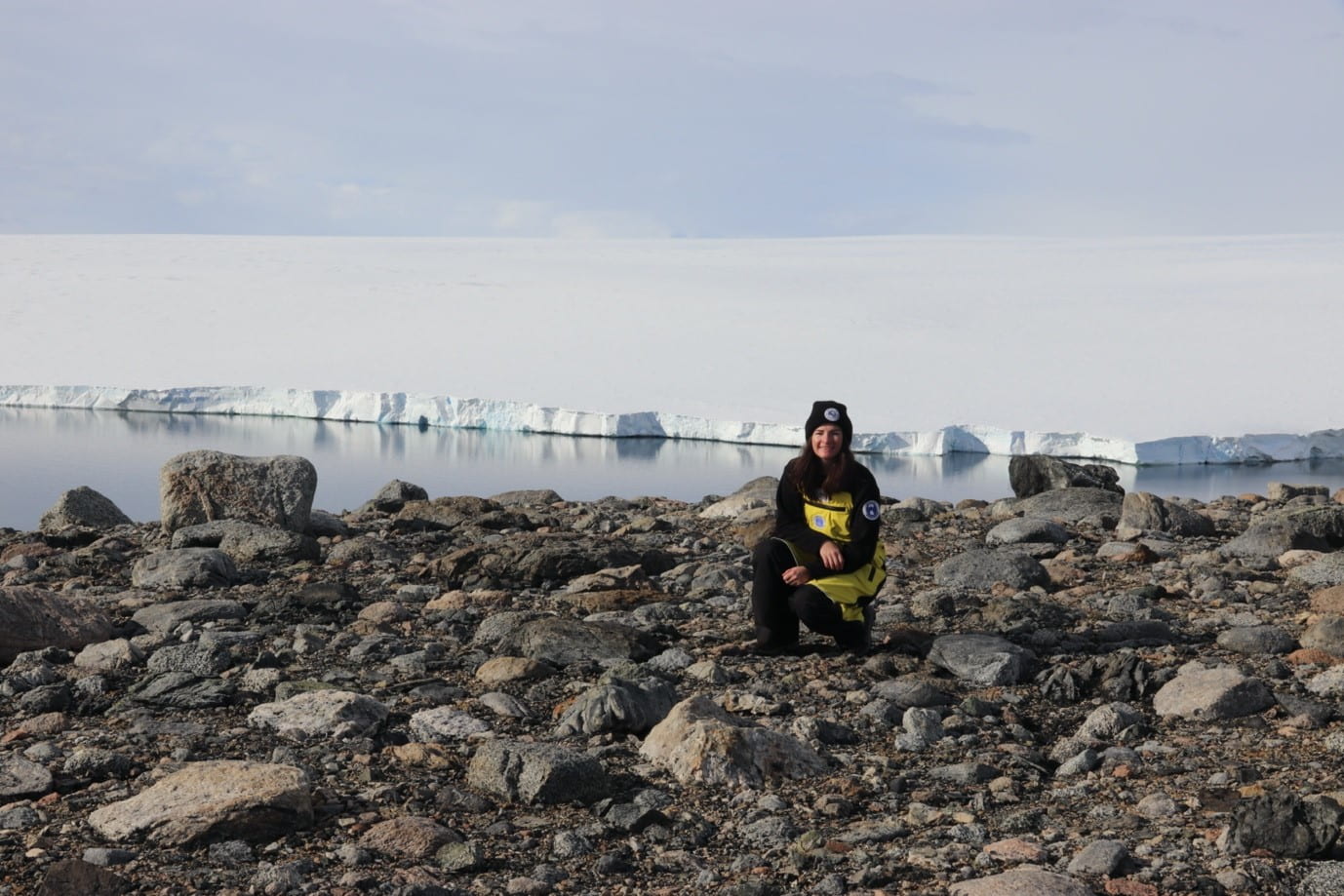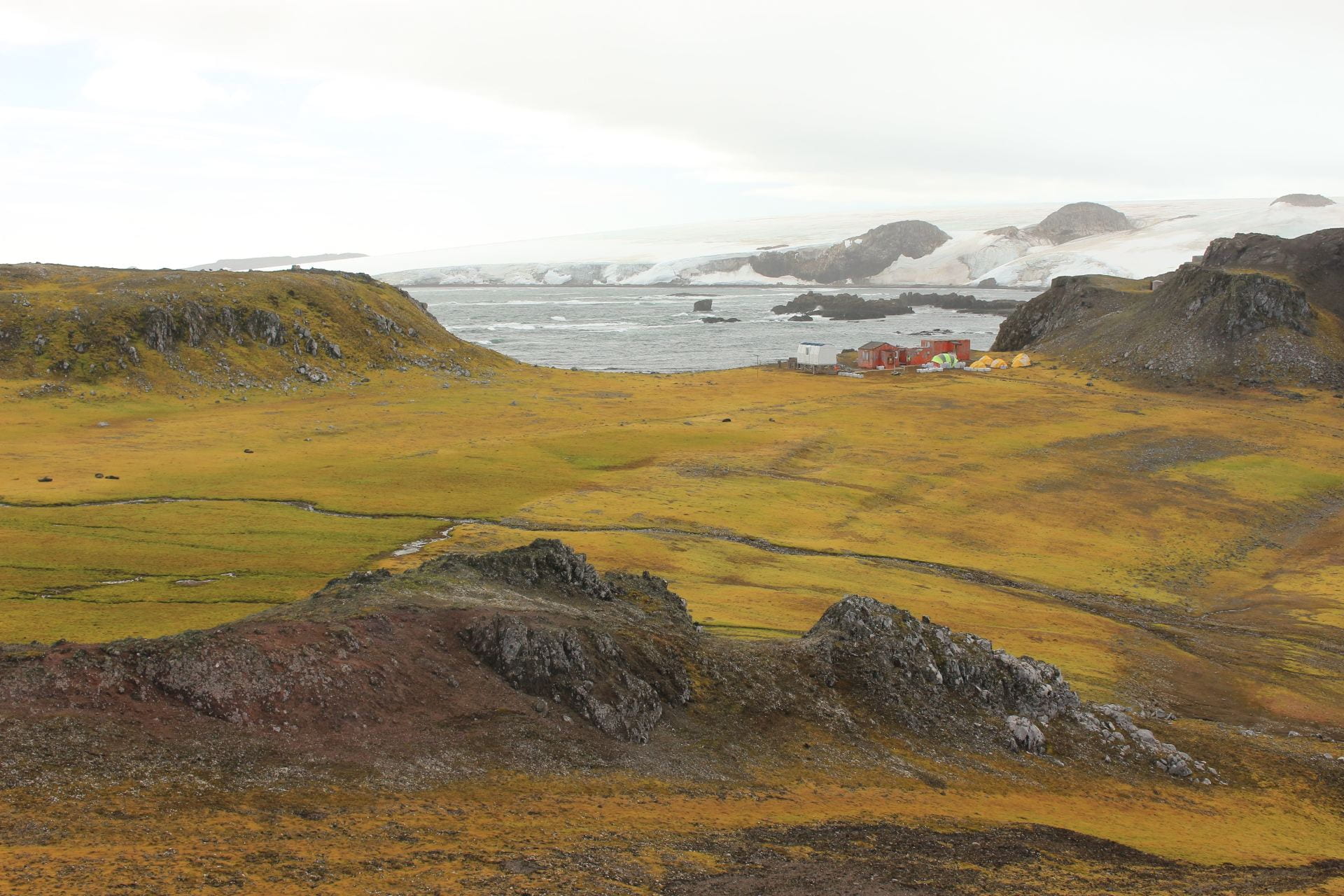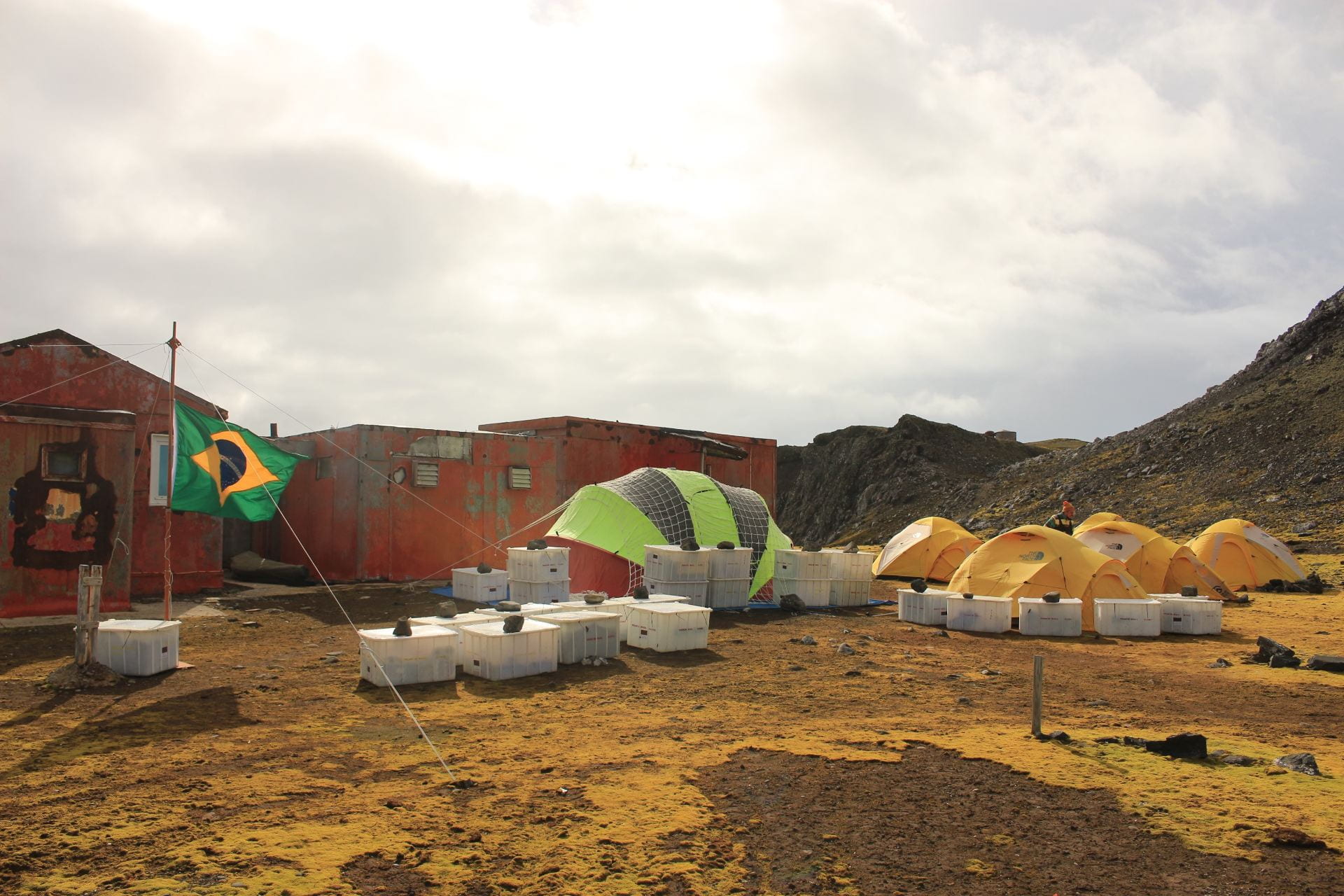
Krystal Randall (krandall@uow.edu.au)
School of Earth, Atmospheric and Life Sciences
Faculty of Science, Medicine and Health
University of Wollongong
Who am I?
I am a spatial biologist transitioning from my PhD into a post-doctoral researcher position with the ARC funded Securing Antarctica’s Environmental Future (SAEF) research initiative. I use a multidisciplinary approach to examine the microclimate conditions that Antarctic mosses experience and the importance of different microclimates for either protecting the mosses from the extreme Antarctic climate, or exposing them to the worst of it. To do this I combine fieldwork, controlled laboratory experiments, spatial science, modelling, micro-meteorology, and ecophysiology to tell the story of how cool, and warm, Antarctic mosses really are.
How does my research relate to Antarctica?
Throughout my PhD at the University of Wollongong, I examined very fine scale spatial patterns in microclimates at ground level in Antarctica where moss beds live, and I looked at how these microclimates drive patterns in moss health. I developed a technique to model the moss microclimates based on hourly weather observations. This model is a tool that we will use in SAEF to monitor the health of the moss beds over the coming years, and it’s especially important for helping us to understand the impacts of heatwaves in Antarctica, which have occurred over the last three Antarctic summers. In addition to this, I conceptualised and designed the first Antarctic environmental testing chamber that allows us to fully control light intensity, air temperatures and wind speed simultaneously. This will allow us to run experiments in Wollongong under simulated Antarctic conditions to better understand how
Antarctic mosses respond to changes in the environment. I’m also part of a team under SAEF that is developing new microclimate sensing technology able to measure the variables we are interested in and transmit the data back to us throughout the year. The data that we get from this new technology will improve our modeling capabilities and help to fill in the missing pieces of information between our visits to Antarctica. All the pieces of information we receive from the microclimate model, the simulated experiments, and the microclimate sensing technology will come together to help us understand the moss bed environment better, and allow us to predict how Antarctic mosses will respond under climate change.
Throughout my PhD I travelled to Antarctica twice where I spent time camping in true Antarctic style without the luxuries of electricity, toilets, showers or heating. Our camp was situated next to some of Antarctica’s largest moss beds, which also happen to be a hang-out spot for the local seals and penguins who are attracted to the warm moss beds on sunny days. Earlier this year I travelled to Antarctica for the third time, this time as a SAEF research scientist at Casey Station, and I’m lucky enough to be heading back to Casey in December.

 Coppermine Peninsula, Robert Island in the South Shetland Islands Regions, Maritime Antarctica where Krystal camped during the 2018 field season.
Coppermine Peninsula, Robert Island in the South Shetland Islands Regions, Maritime Antarctica where Krystal camped during the 2018 field season.
What am I contributing to the exhibition?
I am a panelist in the ‘Antarctic Futures’ Q&A session being held on 12th October. This means that you have the opportunity to ask your burning questions about Antarctic moss, mossy microclimates, mossy science or life in Antarctica and I will be sure to answer them. I’m excited to share my passion for Antarctica and science with you alongside the other Q&A panelists, so be sure to join us!